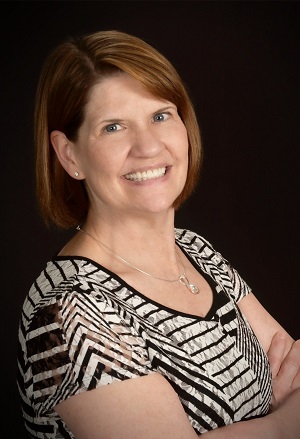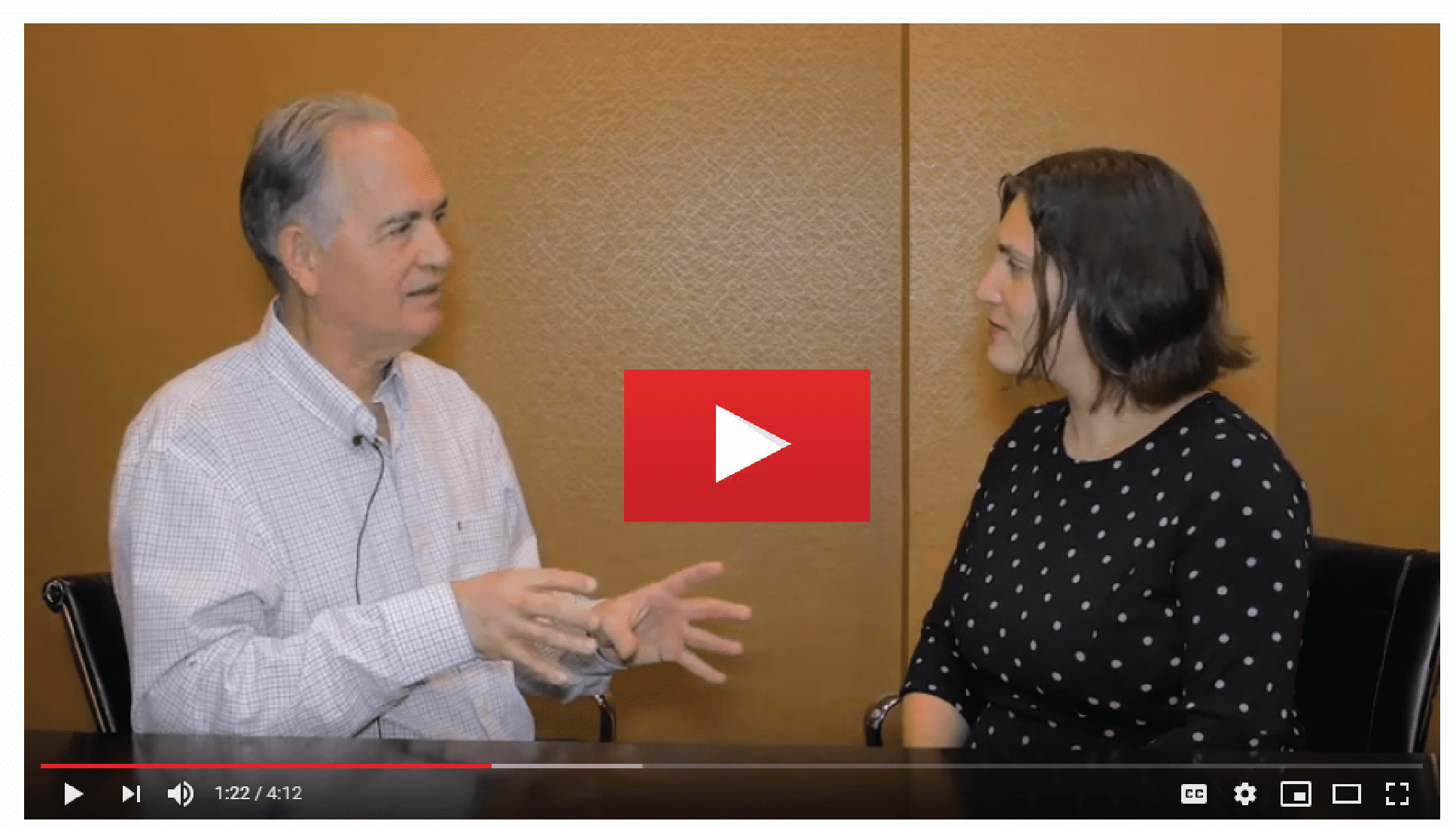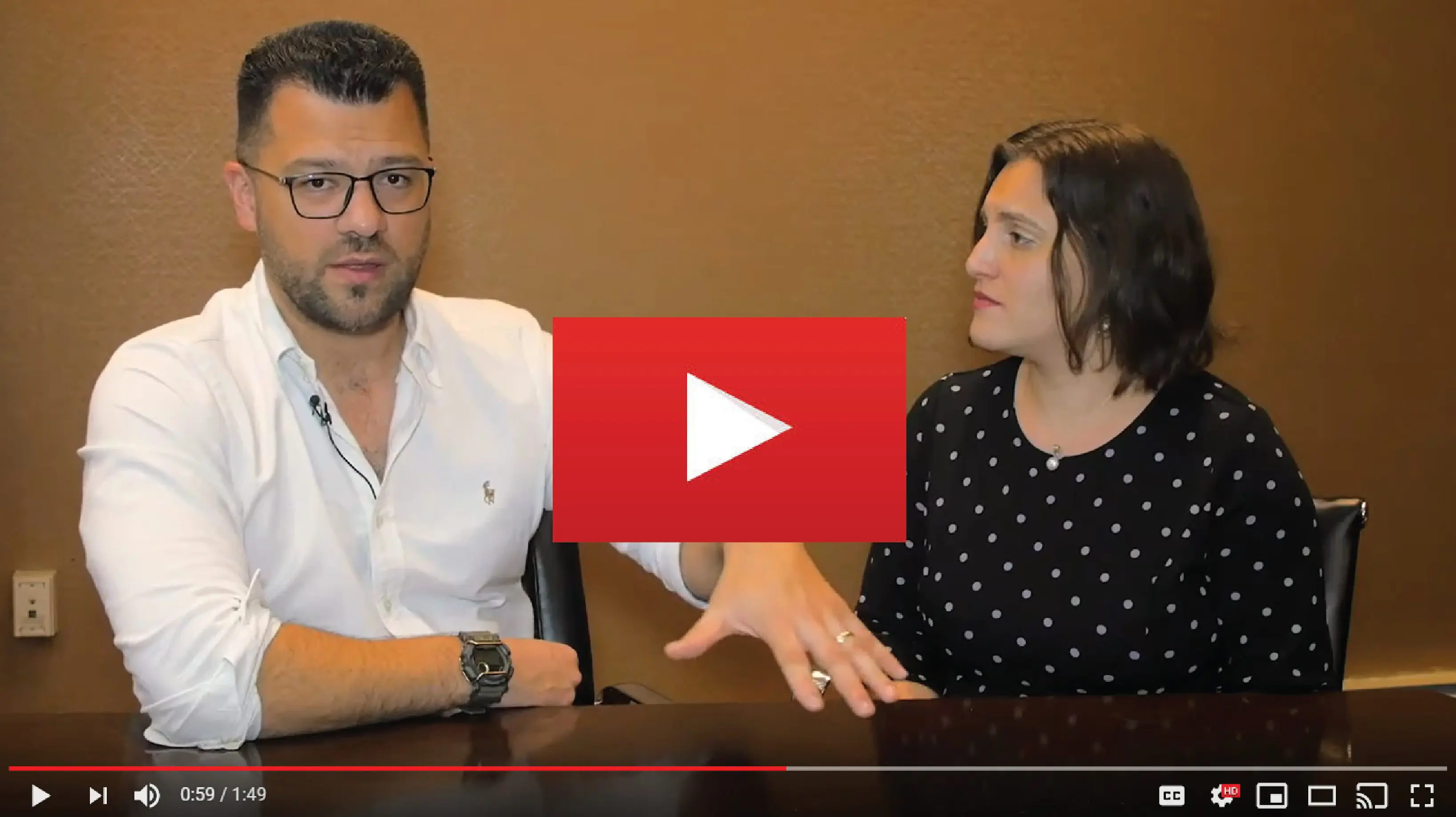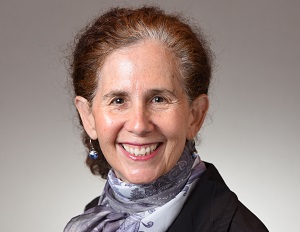by Karen L Comisi, RDA, CDA, FAADA
Today’s dental assistants need to be flexible and adaptable. Although we have the opportunity to attend CE courses about new dental techniques and materials, we often end up learning about new procedures and products on the job.
One of the advances that I find most interesting in the dental industry is bioactive restorative materials. As more dentists begin to use bioactive restoratives like ACTIVA BioACTIVE (Pulpdent), it’s important for dental assistants to understand how these materials work. Here are 4 tips for dental assistants to keep in mind when using bioactive restoratives.
Tip #1: Understand What Bioactive Means
Bioactive materials stimulate the natural remineralization process. They are moisture friendly and elicit a response from living tissue. In the case of ACTIVA BioACTIVE-RESTORATIVE, the material responds to changes in oral pH by releasing and recharging calcium and phosphate, which are the building blocks of tooth structure, along with fluoride, which makes teeth more acid resistant. To learn more about how bioactive dental restoratives work, download ACTIVA: A Closer Look at Bioactive Materials.
Tip #2: Take The Bioactive Break
Many dental assistants are instructed to start light curing composites immediately after placement. When restoring a tooth with ACTIVA BioACTIVE, it is better to give the material a chance to penetrate and integrate with the tooth for 20-30 seconds prior to light curing the material. This 20-30 second pause is what I like to call the “Bioactive Break.” This extra time also mitigates the heat and polymerization stresses associated with curing composites.
Tip #3: Have Extra Automix Tips Ready
I like to have extra mix tips ready at my side when the dentist is restoring multiple teeth. ACTIVA BioACTIVE-RESTORATIVE is a dual cure material and will start to set up in the mix tip after 5-7 minutes at room temperature. The ambient operatory light can accelerate the curing process, so covering the mix tip with an orange shield, opaque tape, or other light blocking material can help extend the setting time..
Tip #4: Practice Bioactive Infection Control
Always follow manufacturers’ instructions regarding infection control. Items that come in contact with tooth structure or the mucous membranes are considered semi-critical according to the CDC and should be heat sterilized or immersed in a high-level chemical disinfectant. Since the popular syringe delivery systems we use cannot be reprocessed in this manner, placing a disposable barrier or sleeve to cover the entire syringe and tip is recommended.1 After the procedure is complete, the automix tip should be removed from the dual-barrel cartridge, discarded, and the syringe should be recapped.2
Advances in technology and research are allowing dental health care professionals to offer improved products and services to their patients. Being a part of the dental team can be very rewarding, and your understanding of the methods and materials used by your doctor is essential to being an integral part of the team.
References
- www.fda.gov/MedicalDevices/ProductsandMedicalProcedures/DentalProducts/ucm404472.htm
- www.pulpdent.com/wp-content/uploads/2015/12/IFU-R.BL_12.15web.pdf

About Karen L Comisi, RDA, CDA, FAADA
Over the past 33 years, Karen Comisi has held almost every staff position in the dental office, with the exception of dentist and dental hygienist. She has been an orthodontic dental assistant, oral surgeon dental assistant, general dentist assistant, front desk and insurance coordinator, office manager, CFO, Co-Founder of Dental Care with a Difference, PC and currently Co-Founder and CFO of Sleep Focused Solutions, Inc. She is one of the first licensed, registered dental assistants in New York State and is a founding member and Treasurer of the Southern Tier Dental Assistants Society. Karen is a DANB Certified Dental Assistant, a member of the American Dental Assistants Association, the American Association of Dental Office Managers, the Office for Safety & Asepsis Procedures (OSAP), and The American Academy for Oral Systemic Health (AAOSH).




